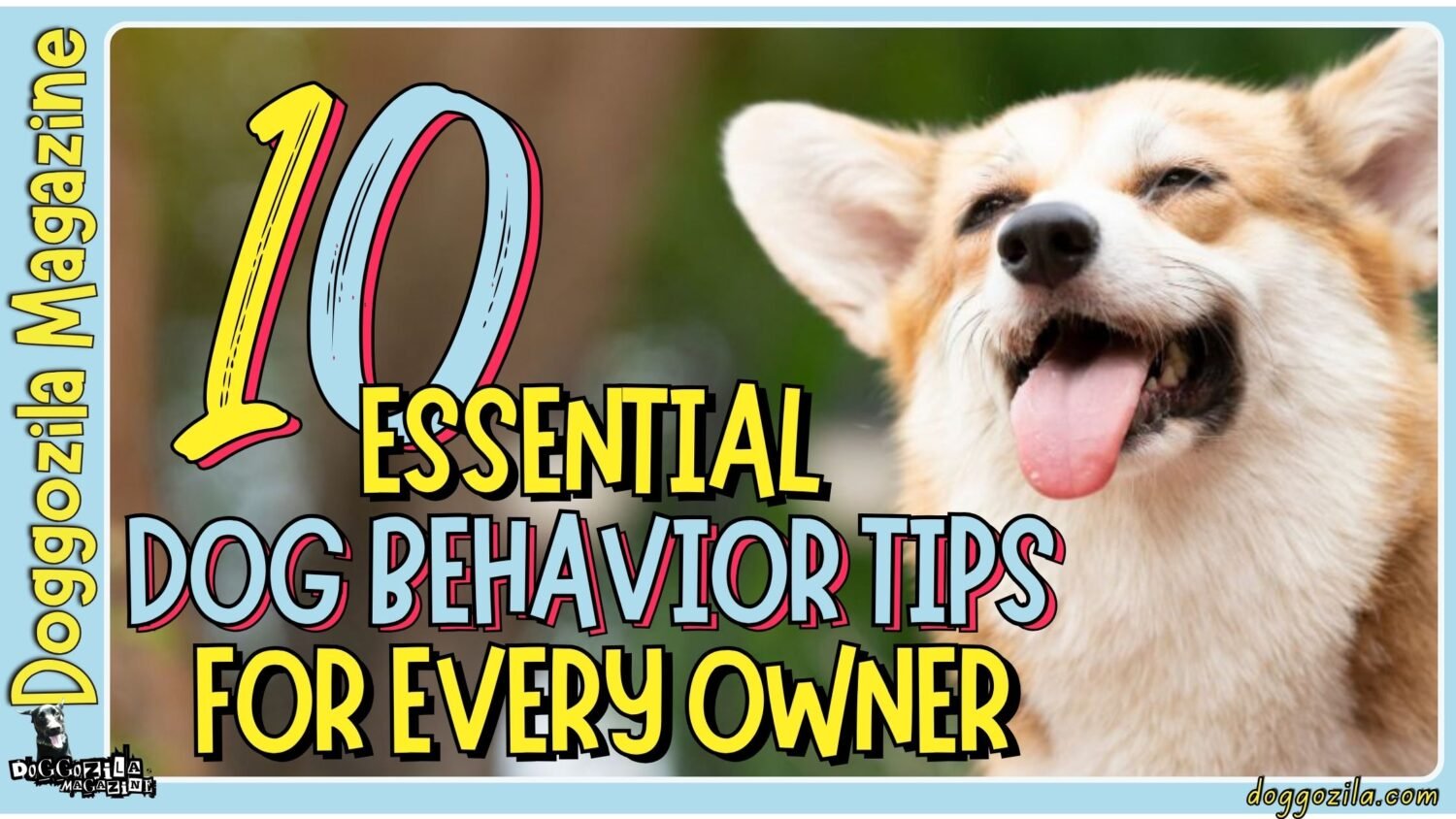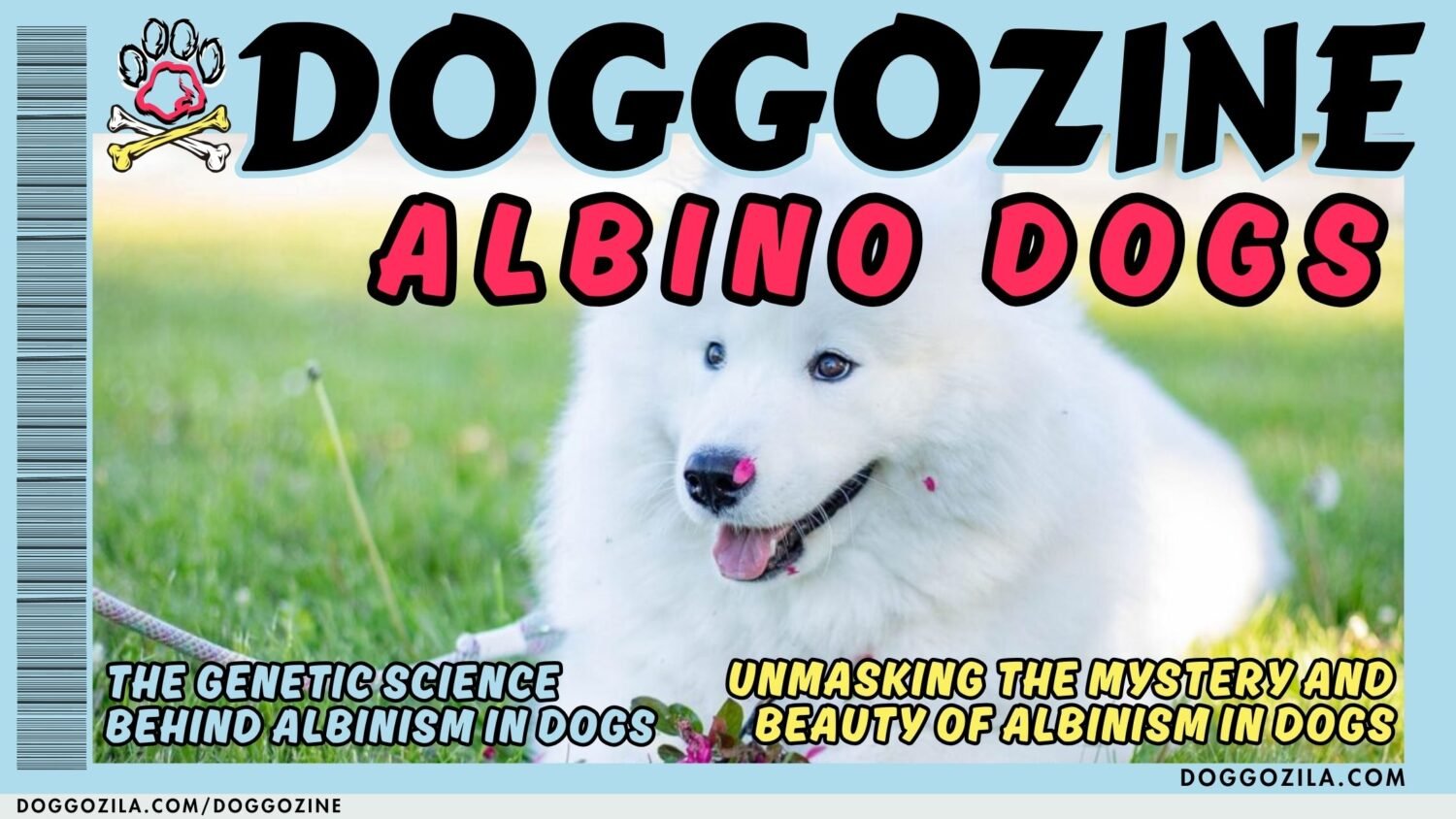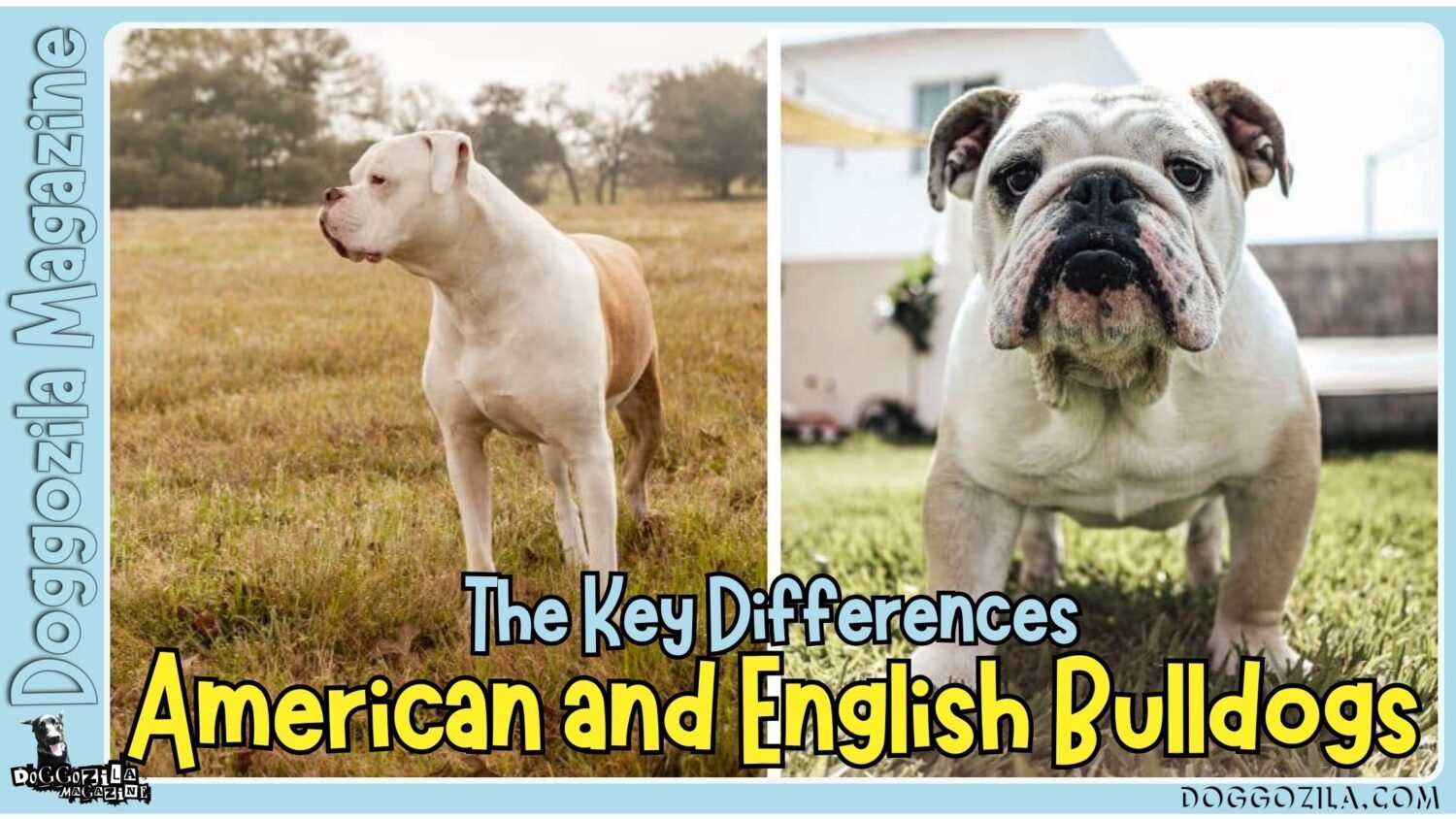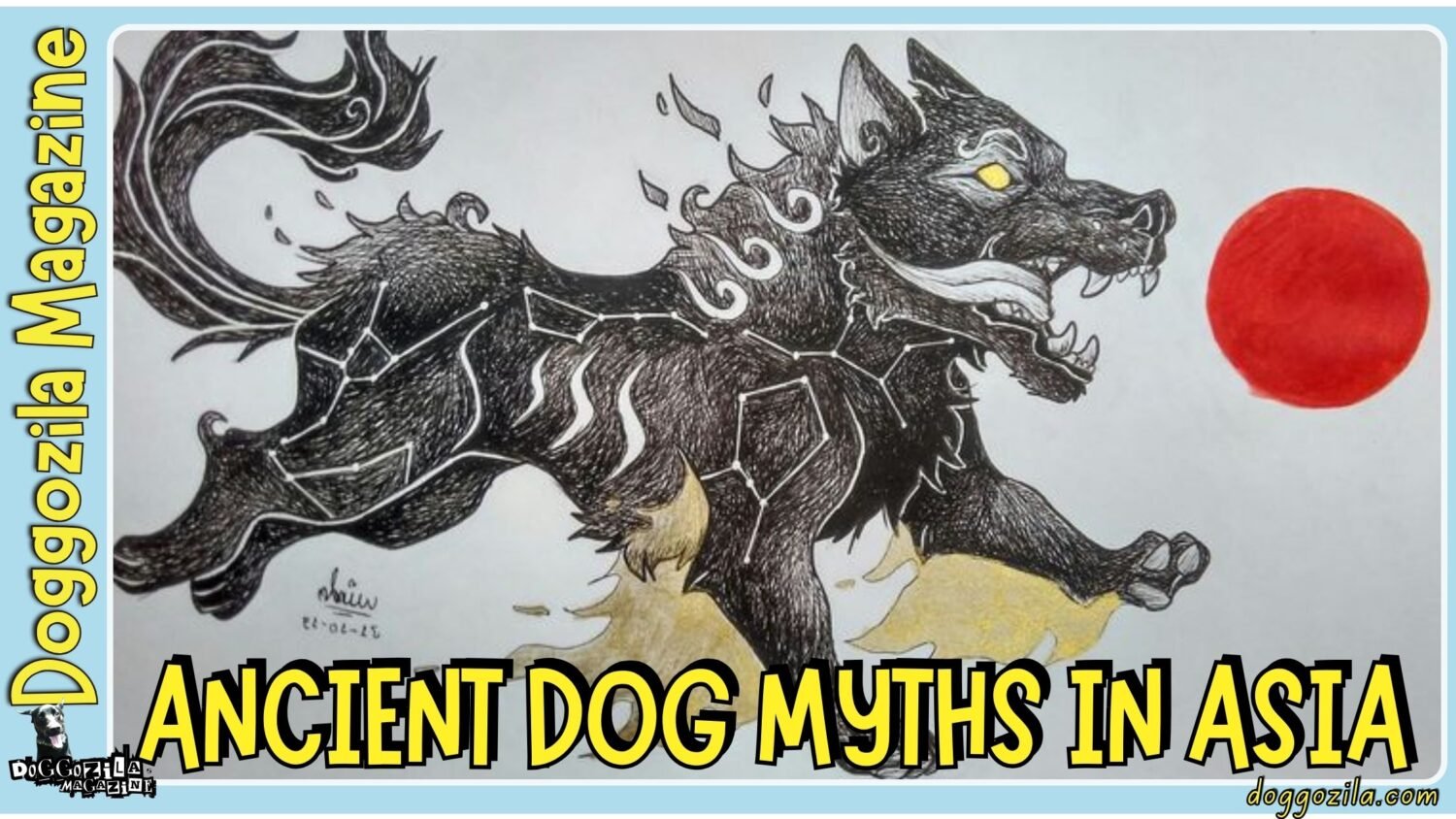Dogs are remarkable creatures with an emotional depth that often surprises even the most devoted owners. They form strong bonds, remember acts of kindness, and, unfortunately, can also carry the weight of negative experiences. Many pet lovers wonder if dogs remember people who hurt them, and the answer lies in the fascinating blend of dog memory, emotion, and survival instinct.
Understanding how these memories are formed, stored, and sometimes softened over time can help us better support dogs who have faced hardship. In this article, we’ll explore the science behind dog memory, the role of scent and body language, and the ways compassionate care can help transform fear into trust.

THE EMOTIONAL DEPTH OF A DOG’S MEMORY AND WHY IT MATTERS
Dogs are far more emotionally complex than many give them credit for. While their short-term memory may be fleeting, their long-term associative memory can be surprisingly sharp, especially when linked to strong emotions. This means that dogs remember people who hurt them not in the way humans recall a movie scene, but through emotional imprints tied to scents, tones, and body language. Understanding this helps us approach training, bonding, and even rehabilitation with greater empathy.
Studies suggest that dogs remember people who hurt them through emotional triggers rather than detailed recollections. For example, a raised voice or a specific scent might instantly bring back feelings of fear or anxiety. This is because their brains are wired to prioritize survival, meaning negative experiences often leave a lasting imprint.
How Dogs Remember People Who Hurt Them Through Associative Learning?
Dogs process the world through associations, a certain smell, a tone of voice, or a repeated action can trigger a memory. When a dog experiences harm, the brain’s amygdala and hippocampus store the emotional weight of that event. This is why dogs remember people who hurt them even years later if the emotional impact was strong enough.
In one case study, a rescue dog avoided a specific type of hat because its abuser wore one, showing how visual cues can become memory triggers. These memories aren’t “stories” in their minds but emotional bookmarks that influence behavior. For owners, this means patience and positive reinforcement are essential to overwrite those negative associations. The process is slow but deeply rewarding when trust begins to rebuild.
Why Emotional Trauma Makes Dogs Remember People Who Hurt Them Longer?
When a dog experiences emotional trauma, the brain prioritizes storing that memory for survival purposes. This is why dogs remember people who hurt them more vividly than neutral encounters. The stress hormones released during abuse like cortisol and adrenaline, act like a highlighter on the memory, making it harder to fade.
Dogs may avoid certain environments, objects, or even other animals that remind them of the event. Over time, these triggers can be reduced through careful desensitization and counter-conditioning. However, the original emotional imprint often remains, influencing how the dog reacts in similar situations. This is why understanding trauma is essential for anyone working with rescue or rehabilitated dogs.
How Positive Experiences Can Help Dogs to Move on From Past Experiences?
While negative memories can be powerful, positive experiences can reshape a dog’s emotional landscape. If dogs remember people who hurt them, they can also learn to associate humans with safety, kindness, and reward. This requires consistent, gentle handling and the use of positive reinforcement techniques.
Over time, the brain can form new neural pathways that compete with the old fear-based ones. This doesn’t erase the past but can make it less dominant in the dog’s daily life. Many rescue success stories show dogs who once cowered at human touch now seeking affection eagerly. These transformations are a testament to the resilience of the canine spirit.
🔑 Key Points: Dogs remember people who hurt them not through detailed stories but through strong emotional imprints linked to scents, tones, and body language, which is crucial for empathetic training and rehabilitation.
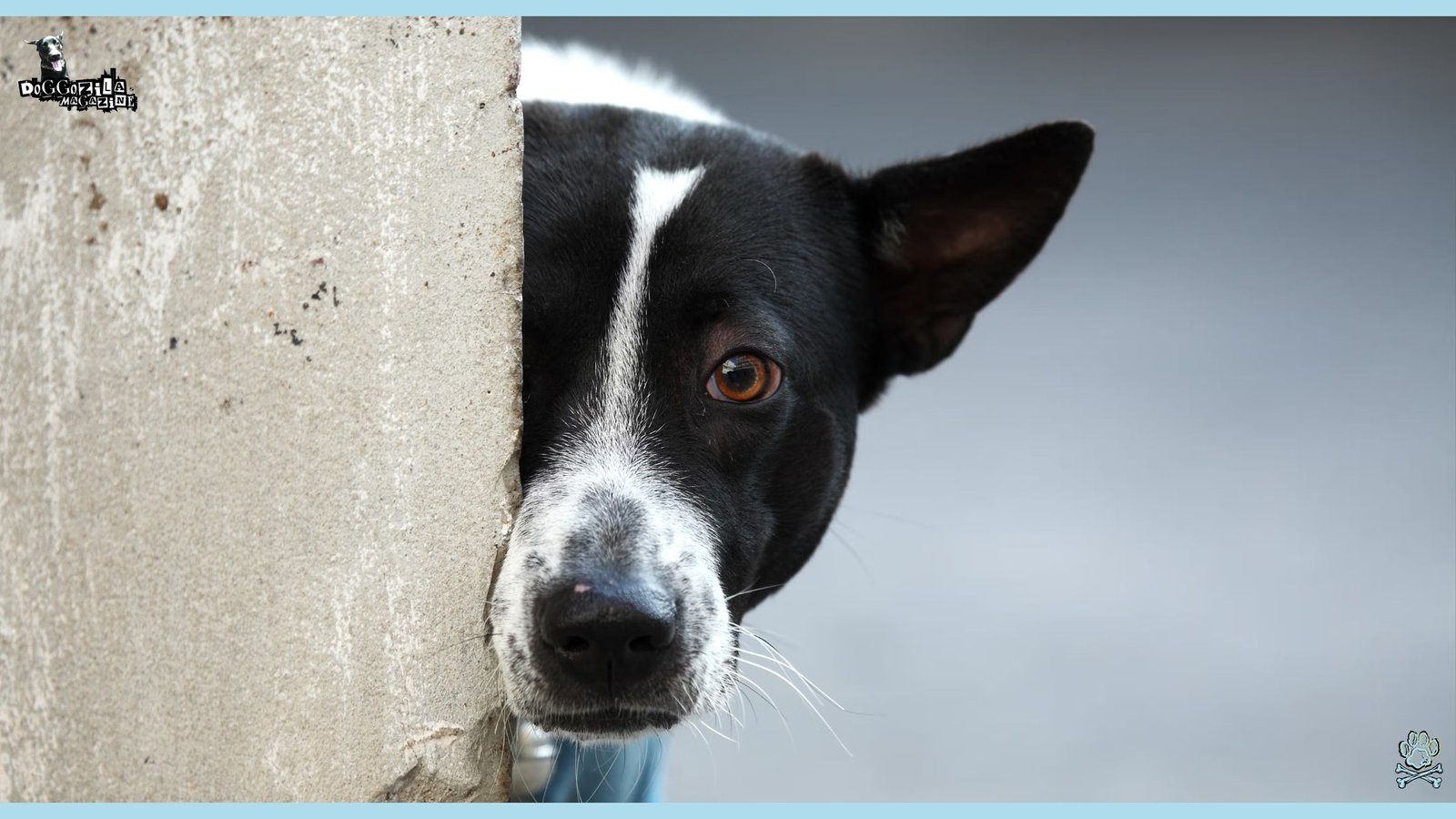
WHY DOGS REMEMBER PEOPLE WHO HURT THEM MORE THAN RANDOM STRANGERS?
Not all human interactions leave the same mark on a dog’s mind. Harmful encounters often involve heightened stress hormones, which make the memory more vivid and lasting. This is why dogs remember people who hurt them more than they remember neutral strangers they’ve met once. The emotional charge of fear or pain cements the association in their long-term memory.
Research from canine cognition projects highlights that these emotional memories are often more persistent than positive ones, as they’re linked to self-preservation. For instance, a dog who was once kicked might flinch at sudden movements, even if their new owner has never been anything but gentle. This isn’t them being “dramatic”, but it’s their way of protecting themselves from potential danger.
The Role of Scent in Traumatic Dog Memories
A dog’s sense of smell is up to 100,000 times more sensitive than ours, making scent one of the strongest memory anchors. If dogs remember people who hurt them, scent is often the primary trigger, even years later. A dog may react fearfully to someone wearing the same cologne as their past abuser. This is why scent-based desensitization can be a powerful rehabilitation tool.
Trainers sometimes introduce safe, positive experiences alongside a scent that once caused fear, gradually replacing the negative association. It’s a slow process, but it works because scent is deeply tied to dog’s emotional memory. In many cases, scent is the first “warning signal” a dog’s brain processes before sight or sound.
How Visual Cues Make Dogs to Remember Anything Instantly?
Dogs are also highly visual learners, and certain shapes, clothing styles, or even walking gaits can trigger memories. If dogs remember people who hurt them, a silhouette or movement pattern can be enough to cause anxiety. This is why some rescue dogs shy away from tall men in hats or people carrying sticks.
These visual triggers are stored alongside emotional responses, making them hard to erase. Rehabilitation often involves controlled exposure to these cues in a safe, positive setting. Over time, the dog learns that not all similar-looking people are dangerous. This gradual process helps reduce fear-based reactions.
Why Tone of Voice Can Trigger Traumatic Memories in Dogs?
Dogs are incredibly sensitive to vocal tone and pitch. If dogs remember people who hurt them, a harsh or loud voice can instantly bring back fear responses. Even if the words are different, the emotional tone can be enough to cause stress.
This is why trainers and rehabilitators use calm, gentle voices when working with traumatized dogs. Over time, consistent positive vocal interactions can help overwrite negative associations. Dogs begin to associate human voices with safety and comfort rather than danger. This shift is a key milestone in recovery.
🔑 Key Points: While dogs carry emotional imprints of past hurt, their incredible resilience means that consistent love and patience can create new, lasting bonds of trust, making rehabilitation a deeply rewarding journey.
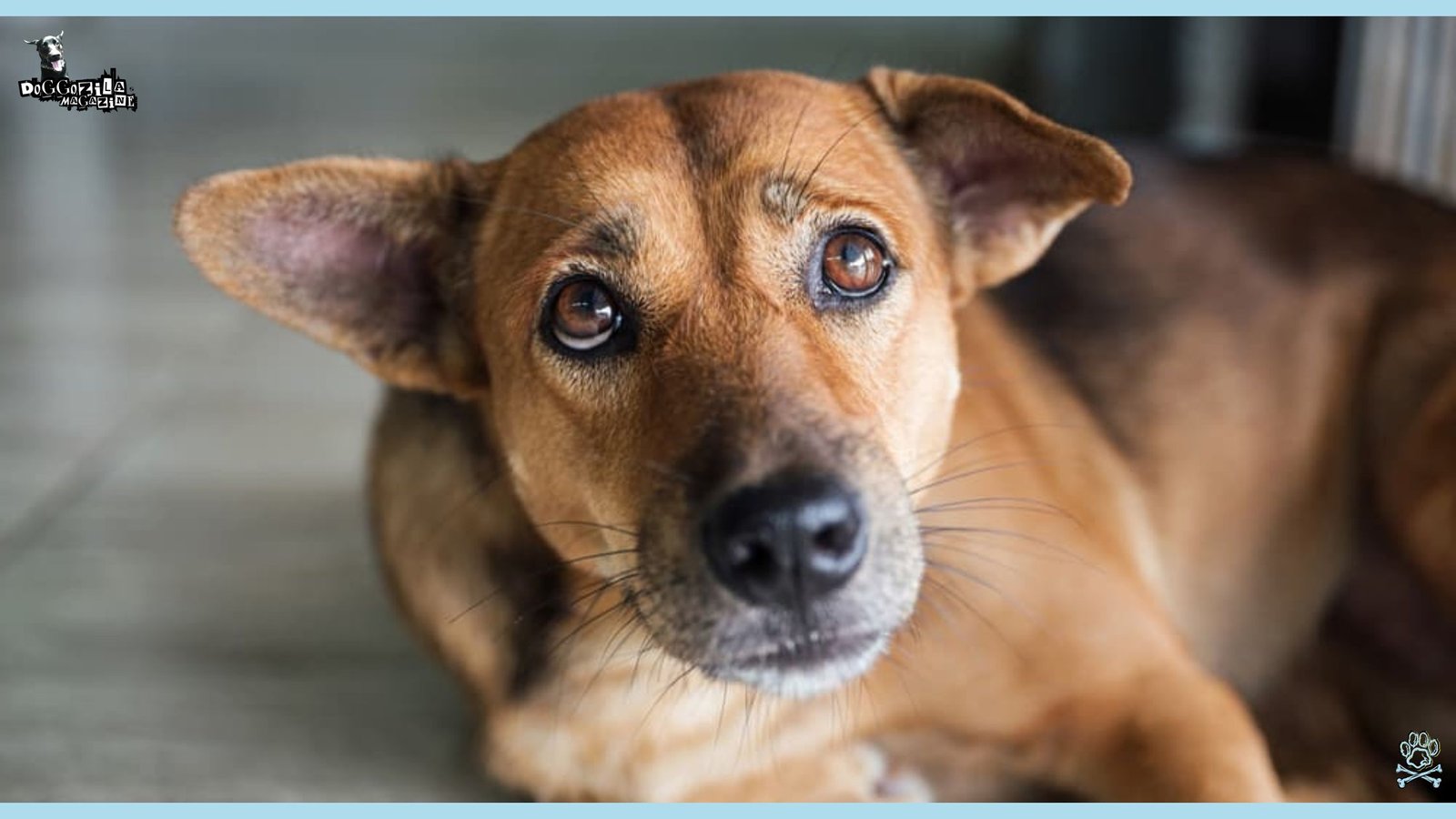
THE SCIENCE BEHIND HOW DOGS REMEMBER PEOPLE WHO HURT THEM
Research into canine cognition shows that dogs have both associative and episodic-like memory. Associative memory links events to emotions, while episodic-like memory allows them to recall specific experiences. When trauma is involved, dogs remember people who hurt them because the brain prioritizes survival-related memories. This is an evolutionary advantage, remembering danger helps avoid it in the future.
A case study on a rescue dog named Max demonstrated the science of dog memory when he would consistently panic around men wearing baseball caps, a trait of his former abuser. This reaction was triggered by his amygdala, which formed a powerful associative memory between the visual cue and the past emotional trauma, heightened by stress hormones. Despite years in a safe home, the neurological imprint of fear persisted, showing how dogs remember people who hurt them through survival-based emotional recall rather than factual memory.
Related Article Recommendation: Do Dogs Remember People? Canine Memory Capacity
How Stress Hormones Make Dogs to Remember People Who Hurt Them Much Longer?
When a dog is harmed, cortisol and adrenaline flood their system. These hormones heighten alertness and strengthen the encoding of the memory. This is why dogs remember people who hurt them for years, sometimes for life. In rescue shelters, dogs with abusive pasts often show heightened startle responses or avoidance behaviors toward certain human profiles.
Over time, with consistent kindness and predictable routines, these stress responses can diminish. But the original memory may never fully disappear, it just loses its emotional charge. This is why trauma-informed care is so important in dog rehabilitation.
The Role of the Amygdala in Dog’s Memory
The amygdala is the brain’s emotional processing center, and it plays a major role in fear-based memories. If dogs remember people who hurt them, it’s often because the amygdala has stored that emotional imprint deeply. This part of the brain works closely with the hippocampus to link emotions with specific events.
In dogs, this means that a single traumatic incident can have long-lasting effects. Understanding this helps trainers design programs that focus on creating new, positive emotional imprints. Over time, these can help reduce the intensity of the original fear memory. However, the amygdala’s role means that complete erasure is unlikely.
Why Dogs Remember People Who Hurt Them Differently Than Other Animals?
Interestingly, dogs seem to store human-related memories differently than those involving other animals. If dogs remember people who hurt them, the emotional impact is often stronger because of the bond they naturally form with humans. This bond means that betrayal or harm from a human can be more psychologically damaging.
In contrast, negative encounters with other dogs may be processed more as territorial or social disputes. This difference highlights the unique emotional connection between dogs and humans, and why breaking that trust can have lasting consequences.
🔑 Key Points: Dog memory is a blend of associative and episodic-like recall, where the brain evolutionarily prioritizes storing survival-related memories of people who caused harm to avoid future danger.
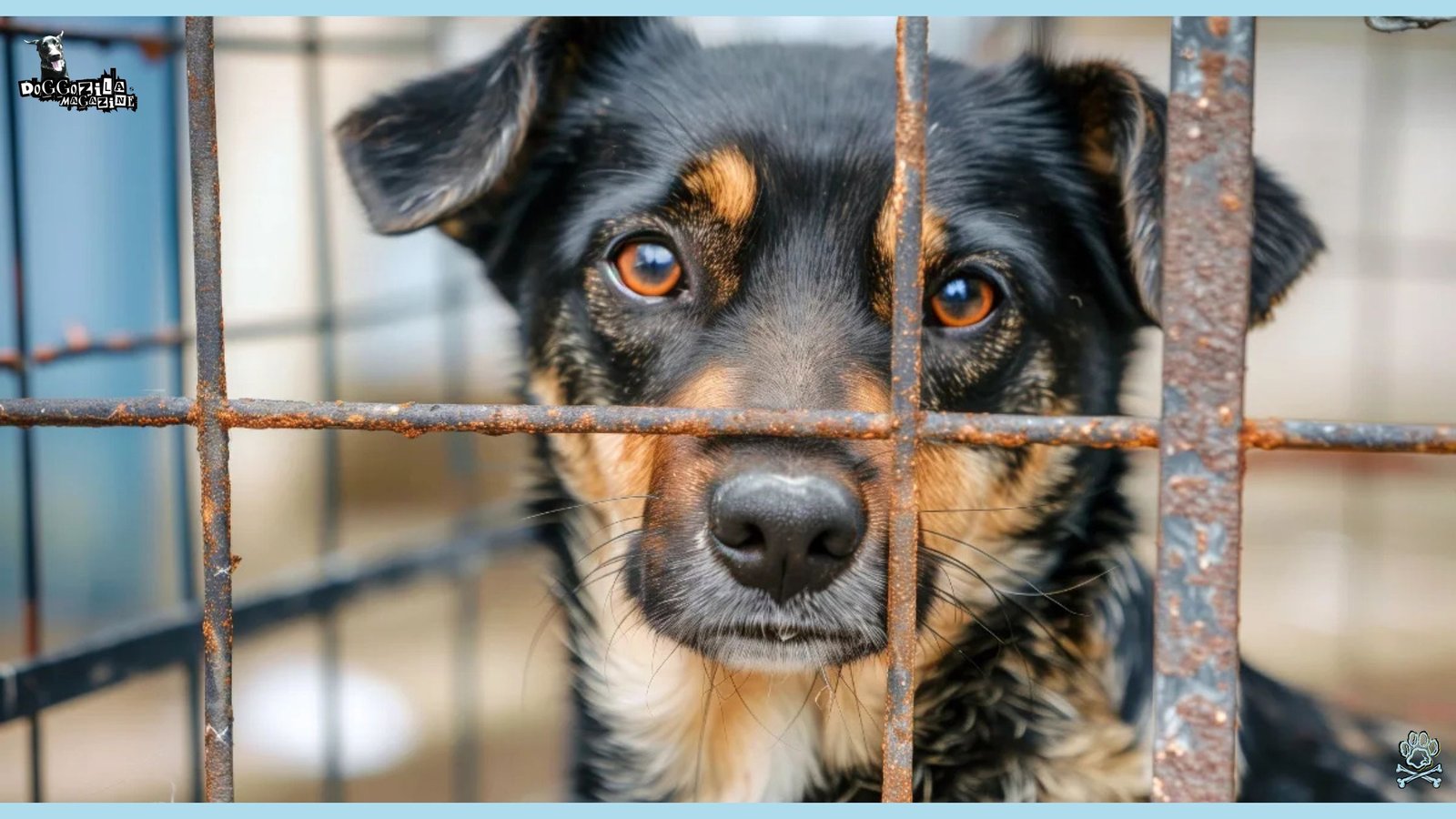
DO DOGS FORGIVE? THE COMPLEX ANSWER WHEN DOGS REMEMBER PAST TRAUMA
Forgiveness in dogs isn’t about moral reasoning, but it’s about whether new experiences can override old associations. Some dogs can rebuild trust with someone who once harmed them, while others never will. The deciding factor is often the severity and repetition of the harm. When dogs remember people who hurt them, rebuilding trust requires patience, consistency, and zero negative reinforcement.
A case study was conducted on a rescue dog named Luna who initially cowered and hid from her new owner, a man whose deep voice reminded her of a past abuser. Through months of positive reinforcement with high-value dog treats and gentle play, Luna slowly began to approach him voluntarily. Her behavior demonstrated that while dogs remember past trauma, they can rebuild trust by forming new, positive associations that override old fears.
How Positive Reinforcement Can Help Dogs with Traumatic Memories?
Positive reinforcement works by creating new, rewarding associations that compete with old, negative ones. If dogs remember people who hurt them, introducing high-value treats, gentle play, and calm interactions can slowly shift their emotional response. This is especially effective when paired with controlled exposure to triggers in a safe environment.
Over time, the brain starts to associate the once-feared person or situation with safety and reward. This doesn’t erase the past, but it can make the memory less influential in daily behavior. Many trainers use clicker training or food puzzles to help dogs focus on positive tasks rather than fear. The key is consistency and patience.
Why Some Dogs Struggle to Forgive?
Not every dog can fully overcome trauma. If dogs remember people who hurt them and the abuse was severe or prolonged, the emotional scars may be too deep. These dogs may always remain cautious or avoidant around certain people or situations. This isn’t a failure, but it’s a survival mechanism.
Forcing interactions can backfire, increasing anxiety and mistrust. Instead, respecting boundaries and focusing on creating a safe, predictable environment is the best approach. Over time, some dogs may soften, but others will simply learn to live comfortably within their comfort zones.
How Time and Distance Affect The Traumatic Memories of Dogs?
Time can dull the intensity of fear-based memories, but it doesn’t always erase them. If dogs remember people who hurt them, long periods without exposure to triggers can help reduce stress responses. However, a sudden reintroduction to a similar person or situation can bring the fear back instantly.
This is why gradual reconditioning is important. Distance, both physical and emotional, gives the dog space to heal. Combined with positive experiences, it can help the dog form a new baseline of safety. This is often the turning point in rehabilitation.
🔑 Key Points: Dog forgiveness is not moral but behavioral, depending on whether new, positive experiences can successfully override old, negative associations through patience and consistency.
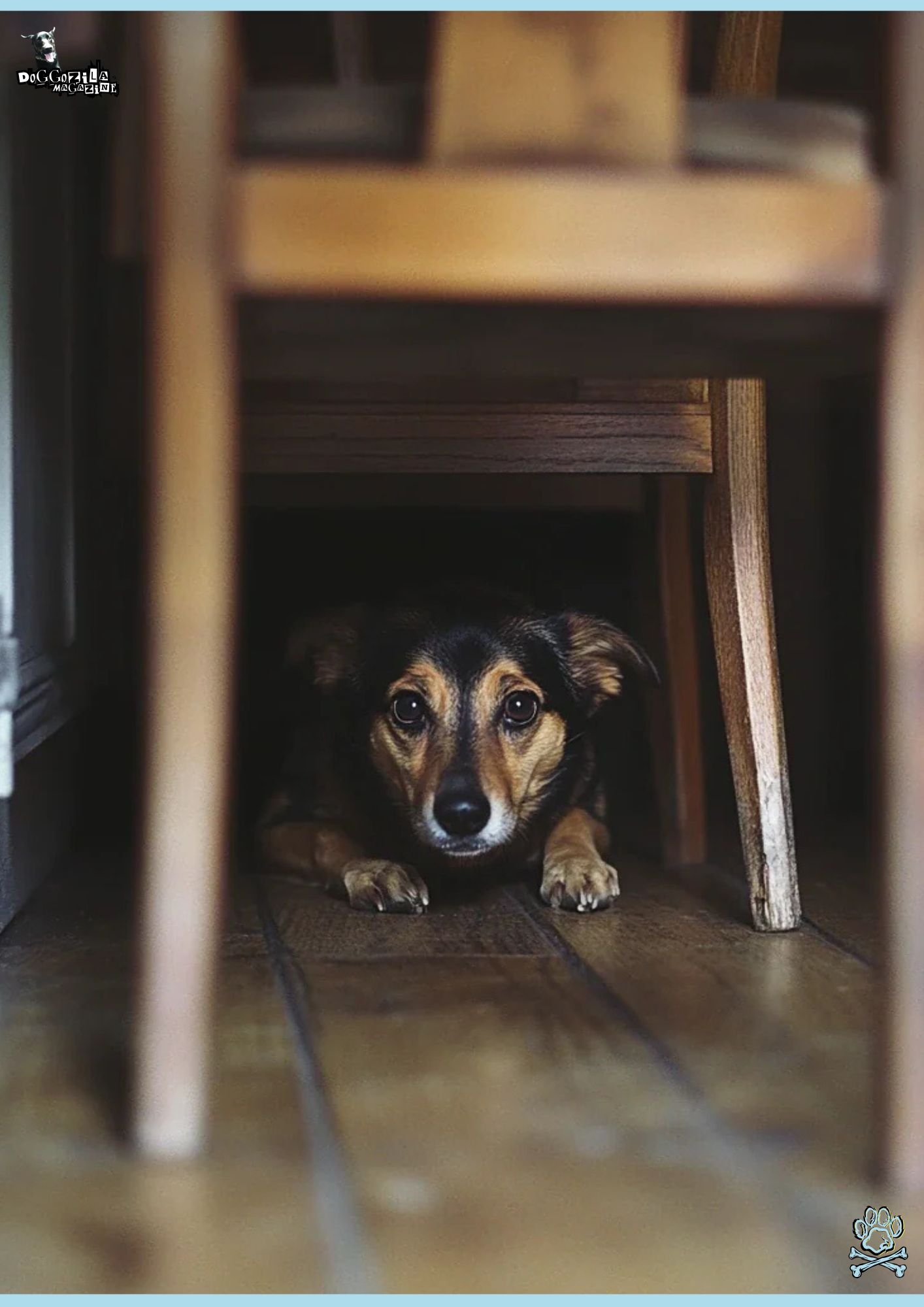
THE ROLE OF BODY LANGUAGE WHEN DOGS REMEMBER PEOPLE WHO HURT THEM
Dogs are masters at reading human body language. A stiff posture, direct stare, or sudden movement can trigger fear in a dog with a traumatic past. This is why dogs remember people who hurt them not just by face or scent, but by the way they move. For rehabilitating such dogs, soft, sideways approaches and avoiding looming over them can make a huge difference.
Before a dog growls or hides, they show tiny, almost imperceptible signs of stress that indicate they might be recalling a person who caused them harm. This micro-body language includes averted eyes, a tense jaw, lip licking when not food-related, and a slight stiffening of the body. Their tail might be held low or tucked, and they might yawn repeatedly in a stressful situation. Learning to read these subtle cues is the first step in preventing a full-blown fear response and is critical to understanding the complex ways dogs remember people who hurt them.
How Eye Contact Can Make Dogs Remember People Who Hurt Them?
Direct, prolonged eye contact can be perceived as a threat in dog communication. If dogs remember people who hurt them, a hard stare can instantly trigger defensive behavior. This is why trainers recommend soft, brief glances when first meeting a fearful dog.
Over time, as trust builds, the dog may become comfortable with more direct eye contact. But in the early stages, avoiding intense stares is crucial. This small adjustment can make a big difference in how quickly a dog relaxes. It’s a subtle but powerful trust-building tool.
Related Article Recommendation: 5 Things That Dogs First Notice About Their Owners
Why Sudden Movements Can Trigger Traumatic Memories in Dogs?
Quick, unpredictable movements can startle any dog, but they’re especially triggering for those with trauma histories. If dogs remember people who hurt them, sudden gestures may mimic past abuse. This can cause them to flinch, bark, or retreat. Moving slowly and deliberately helps reduce these reactions.
Trainers often teach handlers to approach from the side and avoid reaching over the dog’s head. These small changes in body language can help the dog feel safer and more in control. Over time, the dog learns that not all movement signals danger.
Why Posture Can Influence How Dogs Remember Traumatic Events?
Standing tall and leaning forward can feel intimidating to a dog. If dogs remember people who hurt them, this posture may trigger fear responses. Crouching slightly, turning sideways, and keeping hands relaxed can make a big difference.
This non-threatening stance communicates safety and respect. Many rehabilitators use this approach when first meeting a fearful dog. Over time, the dog may begin to approach on their own, signaling growing trust. This is a key milestone in recovery.
🔑 Key Points: Dogs are masters at reading human body language, and a person’s posture, movements, and eye contact can instantly trigger fear-based memories of past abusers.
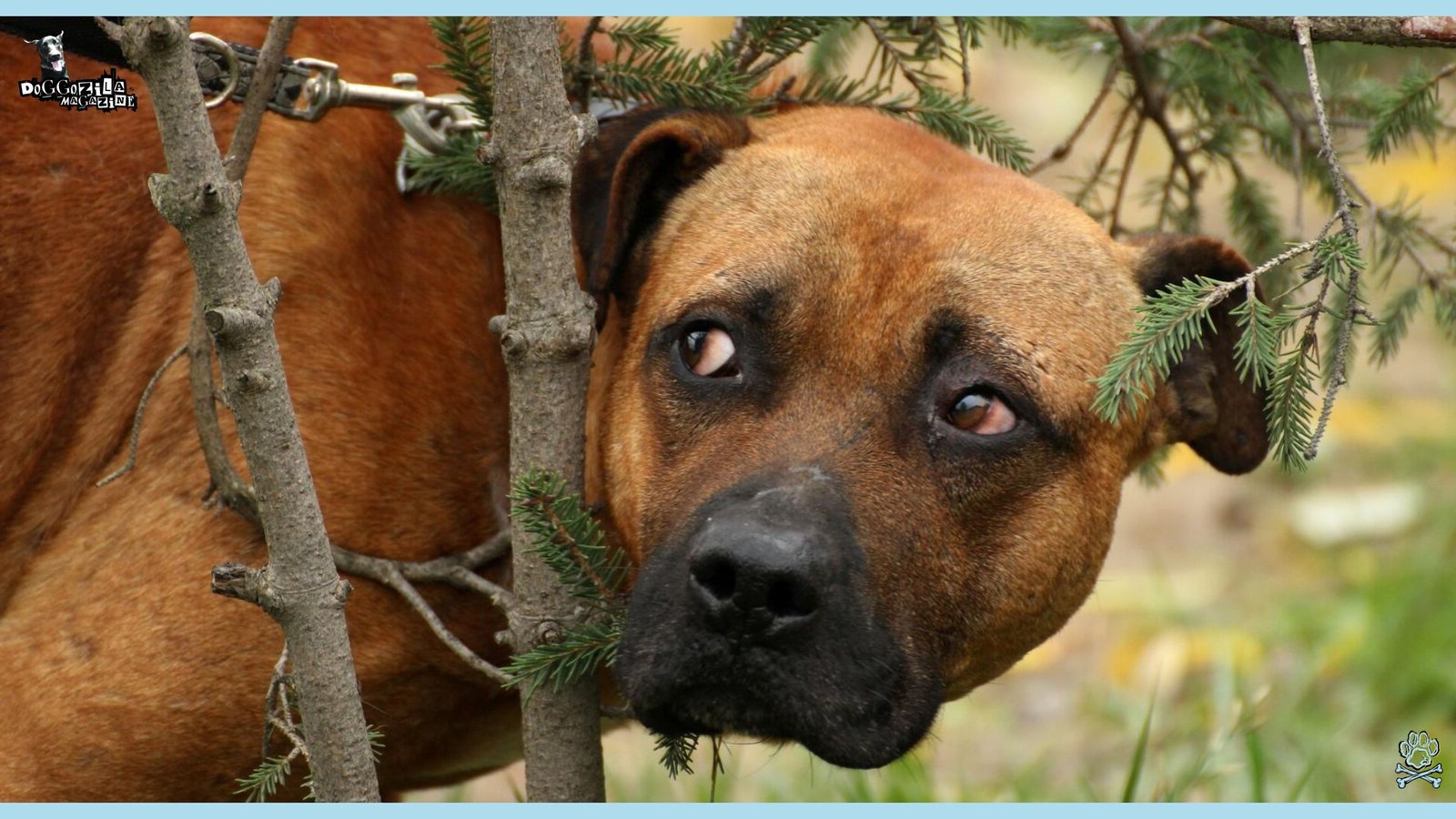
CANINE PTSD: WHEN DOGS REMEMBER PEOPLE WHO HURT THEM TOO WELL
Just like humans, dogs can develop post-traumatic stress disorder after severe abuse or frightening events. In these cases, dogs remember people who hurt them with such intensity that it affects their daily functioning. Symptoms can include hypervigilance, avoidance, aggression, or withdrawal. Recognizing these signs early is key to helping the dog heal.
A German Shepherd named Maxy, rescued from a neglectful situation, exhibited classic canine PTSD symptoms including hypervigilance, startled reactions to raised hands, and avoidance of unfamiliar people. A certified behaviorist implemented a desensitization plan that slowly introduced positive experiences alongside his triggers in a controlled environment. While Maxy’s fear-based memories persist, professional intervention helped him manage his reactions and significantly improve his quality of life.
How Desensitization Helps Dogs Move Past Traumatic Memories Without Fear?
Desensitization involves gradually exposing the dog to a feared stimulus at a low intensity, paired with positive reinforcement. If dogs remember people who hurt them, this method allows them to encounter reminders of that person in a safe, controlled way. Over time, the fear response diminishes.
This is often combined with counter-conditioning, where the feared stimulus predicts something pleasant, like a favorite treat. The process can take weeks or months, but it’s one of the most effective ways to help traumatized dogs regain confidence. Patience and consistency are essential for success. Many dogs show remarkable improvement with this approach.
Why Professional Help Is Crucial When Dogs Remember People Who Hurt Them?
Some trauma cases are too complex for owners to handle alone. If dogs remember people who hurt them and show severe PTSD symptoms, professional intervention is often necessary. Certified behaviorists and veterinarians can design tailored treatment plans.
These may include behavior modification, medication, or specialized training. Professional guidance ensures that the dog’s emotional and physical safety is prioritized. It also helps owners avoid mistakes that could worsen the problem. In many cases, expert help is the turning point in recovery.
How Safe Spaces Help Dogs with Traumatic Memories Less Intensely?
Creating a safe space like a quiet, comfortable area where the dog can retreat is vital. If dogs remember people who hurt them, having a sanctuary reduces stress and promotes healing. This space should be free from loud noises, sudden movements, and unfamiliar people.
Over time, the dog learns that they have control over their environment. This sense of security can help reduce the intensity of fear-based memories. Many owners find that safe spaces become the dog’s favorite place, even after recovery.
🔑 Key Points: Dogs can develop PTSD, where memories of people who hurt them are so intense they cause daily dysfunction, requiring professional help and techniques like desensitization therapy.

WHY SOME DOGS REMEMBER PEOPLE WHO HURT THEM FOR LIFE?
Not all dogs recover fully from trauma. Factors like age at the time of abuse, breed tendencies, and the length of the harmful period all play a role. Some dogs remember people who hurt them for life, even if they learn to function well in safe environments. This doesn’t mean they can’t be happy, but it just means their trust circle may remain small.
Trauma can have lasting effects on a dog’s behavior, shaping their personality and reactions for years. Some dogs might become overly timid, while others develop aggression as a defense mechanism. These behaviors are often rooted in their fear of reliving past hurts. For example, a dog who was confined might develop claustrophobia, panicking in small spaces. Understanding these long-term impacts helps us respond with compassion rather than frustration.
How Early-Life Trauma Shapes The Future Memories of Dogs?
Puppies who experience abuse during critical developmental stages may carry those memories for life. If dogs remember people who hurt them from a young age, the impact can be profound. Early trauma can shape how they perceive all future human interactions.
Rehabilitation is still possible, but it often takes longer. Gentle, consistent care is essential. Many dogs with early-life trauma can still form deep bonds with trusted humans. These bonds are often incredibly strong and rewarding.
Why Breed Traits Influence The Memories of Dogs?
Some breeds are naturally more sensitive or more suspicious of strangers. If dogs remember people who hurt them, breed tendencies can influence how they react. For example, guardian breeds may be more likely to remain wary, while highly social breeds may recover trust more quickly.
Understanding breed traits helps tailor rehabilitation strategies. It also sets realistic expectations for recovery. This knowledge empowers owners to work with, rather than against, their dog’s natural instincts.
How Lifelong Management Helps Dogs with Past Trauma Without Suffering?
For some dogs, complete recovery isn’t possible but management can ensure a happy life. If dogs remember people who hurt them, avoiding known triggers is key. This might mean limiting exposure to certain environments or types of people. Management also includes providing enrichment, exercise, and positive social interactions. These elements help the dog focus on the present rather than the past. With the right approach, even dogs with lifelong trauma can thrive.
🔑 Key Points: Factors like early-life trauma and breed tendencies can cause some dogs to remember people who hurt them for life, making lifelong management more important than a full cure for their happiness.
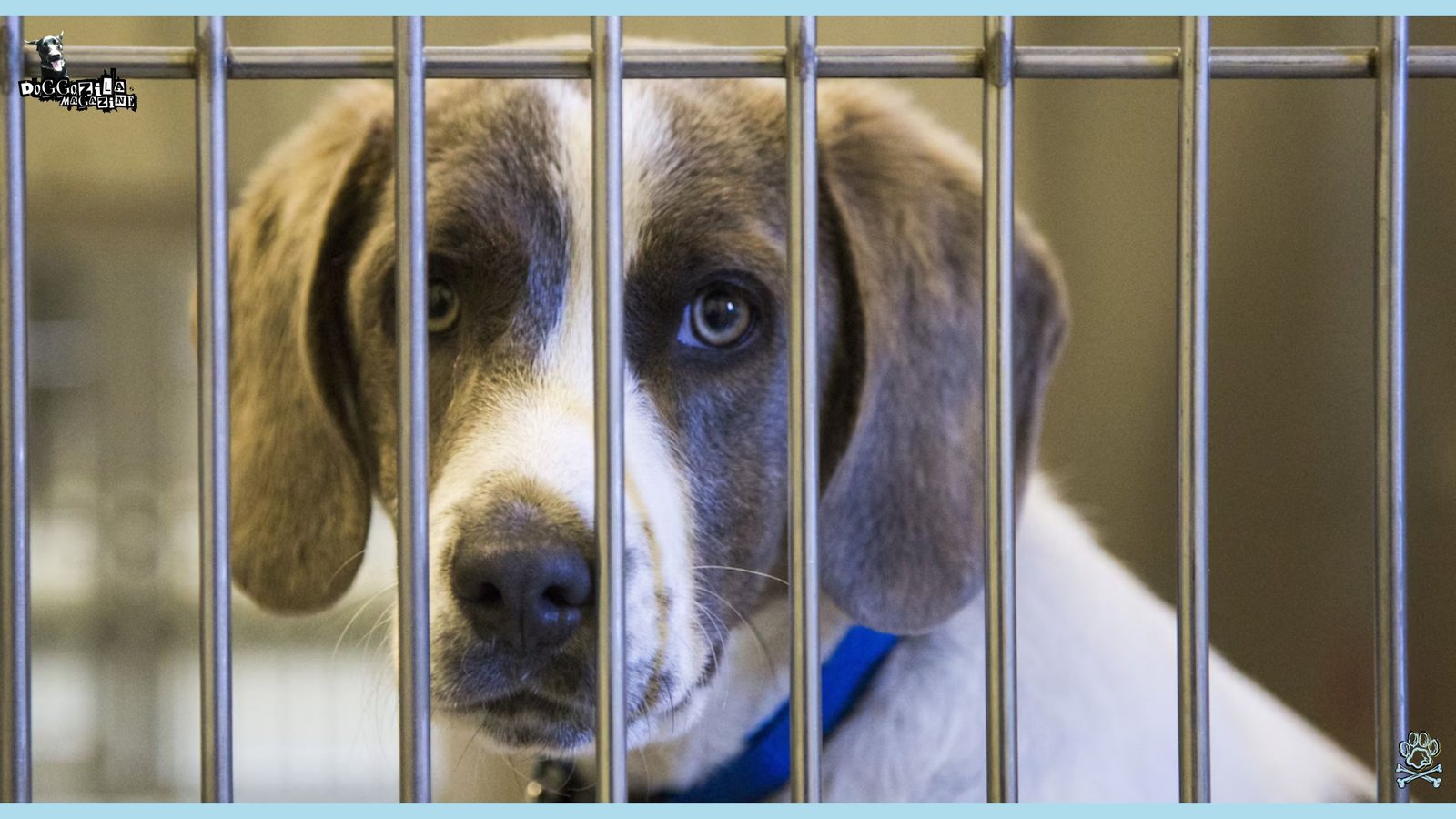
CASE STUDIES: REAL-LIFE STORIES OF DOG RECALL
Real-life stories abound of dogs displaying remarkable recall of past traumas. Take Max, a rescue Labrador who would hide every time he heard a deep male voice, a reaction traced back to his former abusive owner. Then there’s Bella, a terrier mix who shuddered at the touch of a leash, likely due to being dragged violently in the past. These stories aren’t just anecdotes, they’re backed by scientific insights into canine memory.
Researchers have found that dogs can retain memories of negative events for years, especially if those events were highly emotional or life-threatening. This persistence of memory is why rehabilitation for abused dogs often requires months, if not years, of patient work. But the good news is that with consistency and love, these memories can be softened over time.
The Story of Rumi: Overcoming a Fear of Brooms
Rumi, a Shepherd mix, would bolt out of the room in a panic whenever a broom was brought out for sweeping. Her owners soon learned that her previous owner had used a similar broom to shoo her away violently. This case is a perfect example of how a specific object becomes entangled in the memory of a person, proving that dogs remember people who hurt them through the tools they used.
Her rehabilitation involved leaving the broom in a corner while feeding her treats nearby, slowly desensitizing her and dissociating the object from its negative past. Over many months, Rumi learned that the broom was no longer a threat, though the initial memory trigger was unmistakable.
How Charlie’s Food Aggression Told His History?
Charlie, a happy-go-lucky Beagle, would transform into a snarling, protective fiend the moment his bowl was filled. This severe food guarding signaled a history of scarcity and likely competition for resources in his previous home. His behavior wasn’t greed, it was a survival instinct born from the memory of going hungry.
This is a common way dogs remember people who hurt them, through the lasting psychological impact of neglect. His new family worked with a behaviorist using hand-feeding and positive reinforcement to show Charlie that food was now abundant and no one would take it from him, slowly rewriting his painful history one meal at a time.
The Transformation of Buddy: From Fear to Trust
Buddy, a skittish Border Collie, would cower and submissively urinate whenever anyone reached to pet his head. It was discovered he had been struck on the head repeatedly as punishment. This case study highlights the long road to recovery, showing that while the memory of those who hurt them is potent, it is not always permanent.
Through weeks of patient training where all interaction was based on Buddy’s initiative and rewarded with high-value treats, he learned that human hands were for gentle scratches and delivering cheese, not causing pain. His journey is a beacon of hope for anyone wondering if a dog can ever truly trust again.
🔑 Key Points: The goal is to build a better present by creating a safe environment and using positive reinforcement to show traumatized dogs that not all humans are a source of fear.
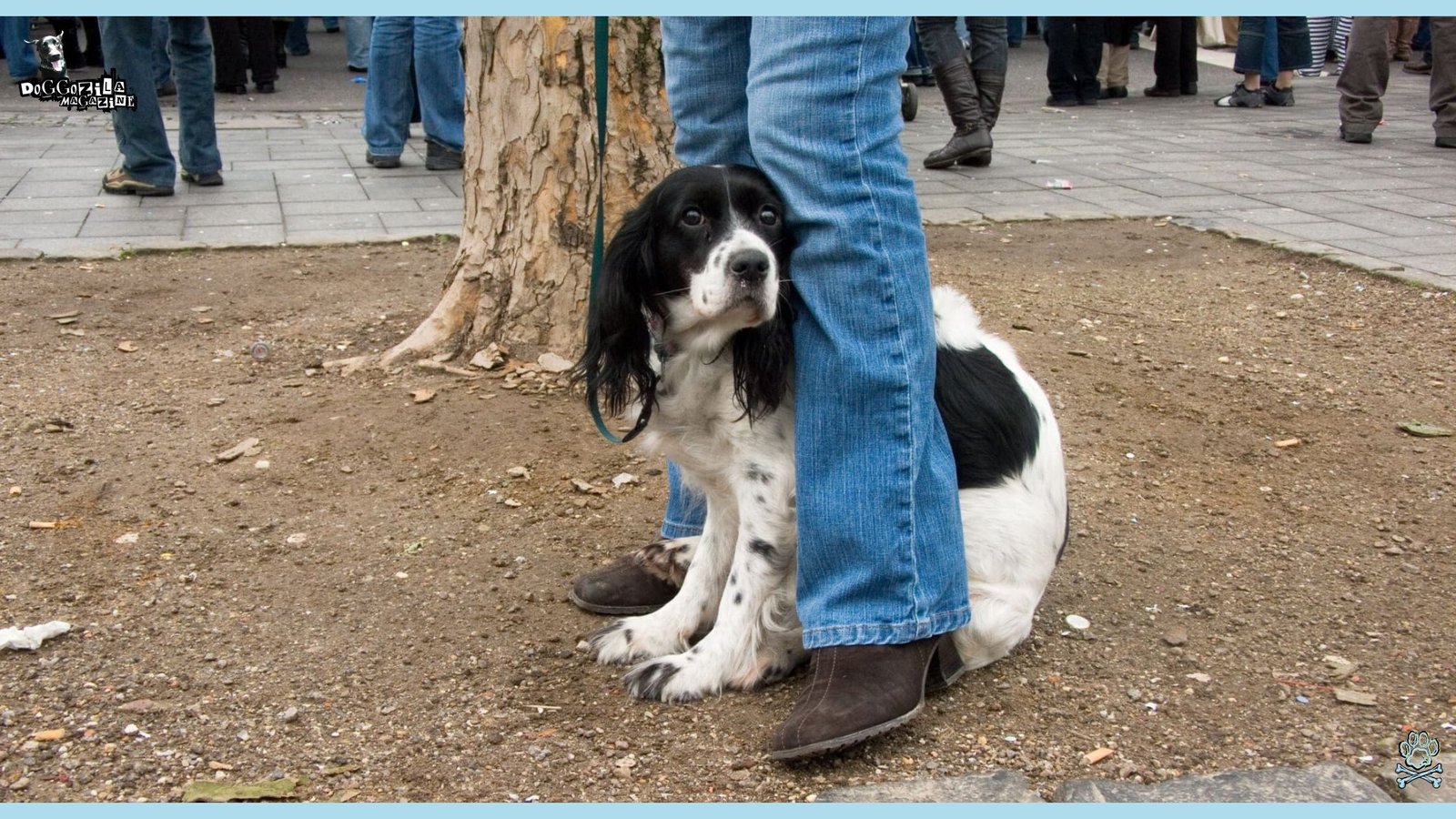
HOW TO HELP DOGS WITH TRAUMATIC MEMORIES LIVE HAPPIER LIVES?
The goal isn’t to erase the past, but it’s to build a better present and future. For dogs with trauma histories, this means creating a safe environment, using positive reinforcement, and avoiding triggers when possible. When dogs remember people who hurt them, our job is to show them that not all humans are the same. With time, patience, and love, many can learn to relax and trust again.
By understanding their triggers, using positive reinforcement, and seeking professional help when needed, we can help our furry friends live fuller, happier lives. So the next time your dog curls up beside you, remember that you’re not just their owner, but you’re their hero, helping them write a new story filled with joy and security.
How Community Support Helps Dogs with Traumatic Memories Less Intensely?
Support networks, from trainers to veterinarians to fellow dog owners can make a huge difference. If dogs remember people who hurt them, having a team that understands trauma-informed care ensures consistent, compassionate handling.
Group training classes, gentle socialization opportunities, and even dog sports can help rebuild confidence. The more positive experiences a dog has, the more those old memories fade into the background. Community support also provides emotional backup for owners.
How Enrichment Activities Help Dogs to Remember People Who Hurt Them in a Healthier Way?
Mental and physical enrichment can be powerful tools for recovery. If dogs remember people who hurt them, engaging them in activities they enjoy can shift their focus toward positive experiences. Puzzle feeders, scent games, and gentle agility exercises stimulate their minds while building confidence. These activities also strengthen the bond between dog and owner, creating new, joyful associations with human interaction.
Over time, the dog begins to anticipate good things when engaging with people, which can help soften the emotional weight of past trauma. Enrichment also provides a healthy outlet for stress, reducing anxiety and promoting relaxation. The more a dog’s daily life is filled with positive challenges, the less space there is for fear to dominate.
Why Consistency in Care Helps Dogs with Traumatic Memories?
Consistency is one of the most important factors in helping a traumatized dog heal. If dogs remember people who hurt them, unpredictable environments can keep them in a constant state of alertness. Feeding, walking, and training at the same times each day helps establish a sense of safety.
This predictability reassures the dog that their needs will be met without fear or harm. Over time, the nervous system begins to relax, allowing the dog to be more open to new experiences. Consistency also builds trust, as the dog learns that their human is reliable and safe. This foundation is essential for long-term emotional recovery.
Final Thoughts: Turning Pain into Trust
The truth is, dogs remember people who hurt them, but they are also capable of incredible resilience. Their memories are shaped by emotion, and while fear can leave a deep imprint, love and patience can create equally lasting bonds. For owners, the key is to focus on building a safe, predictable, and enriching environment that allows the dog to thrive.
Rehabilitation is rarely a straight line, there will be setbacks and breakthroughs along the way. But every moment of trust earned is a victory worth celebrating. In the end, helping a dog move from fear to joy is one of the most rewarding journeys any human can take.
Our furry friends teach us about resilience, forgiveness, and the unwavering power of love.

Here’s to celebrating every wagging tail and every healed heart, because every dog deserves a second chance.

